First part of my trip to Fukue Island, the most populated and largest island of the Gotō Islands, part of Nagasaki Prefecture.
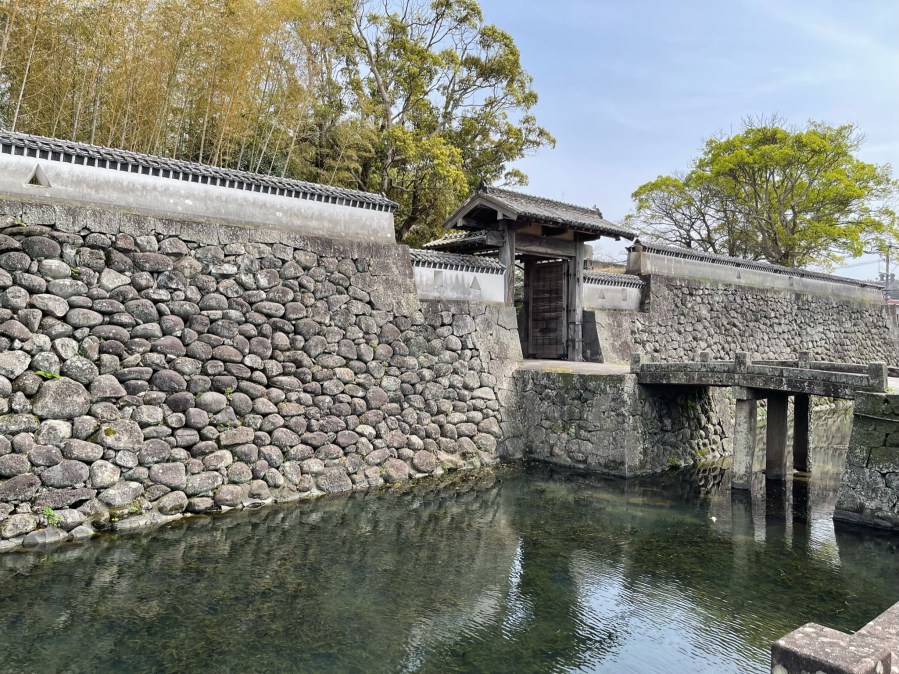
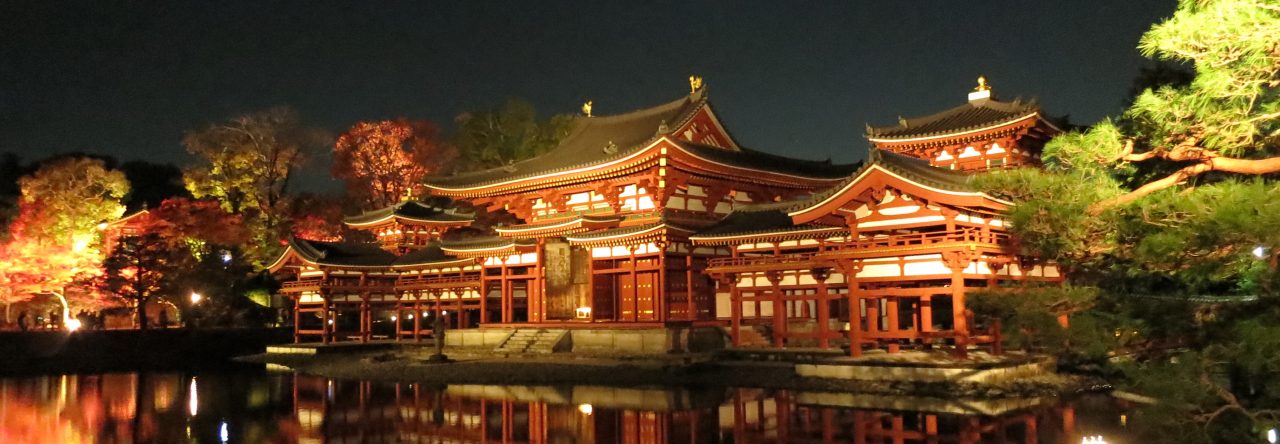

First part of my trip to Fukue Island, the most populated and largest island of the Gotō Islands, part of Nagasaki Prefecture.
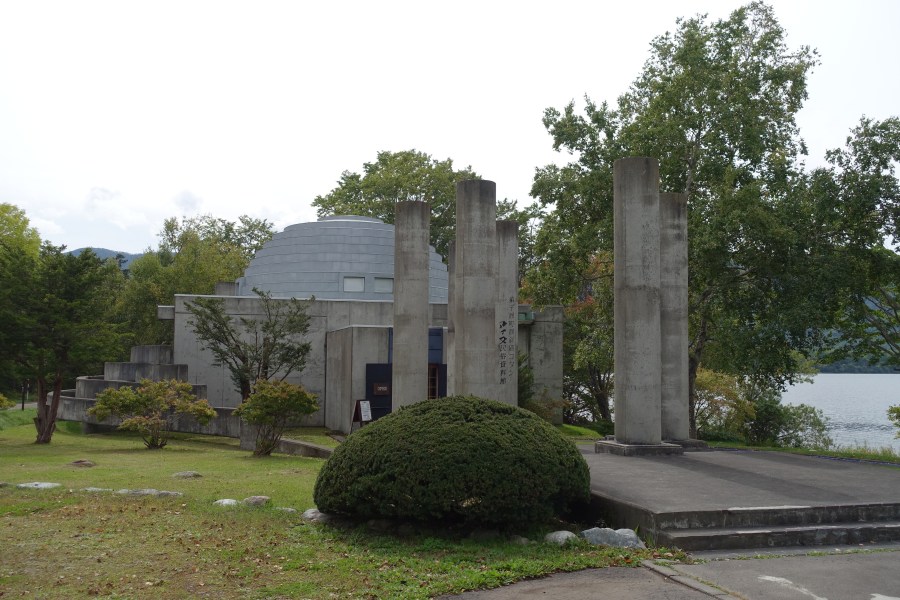
Despite its small size, this Kussharo Ainu Museum located just beside the Kussharo Lake and Kotan Onsen showcases not only the history and culture of the Kussharo Ainu, but offers an insight on the challenges they face within the Japanese society.
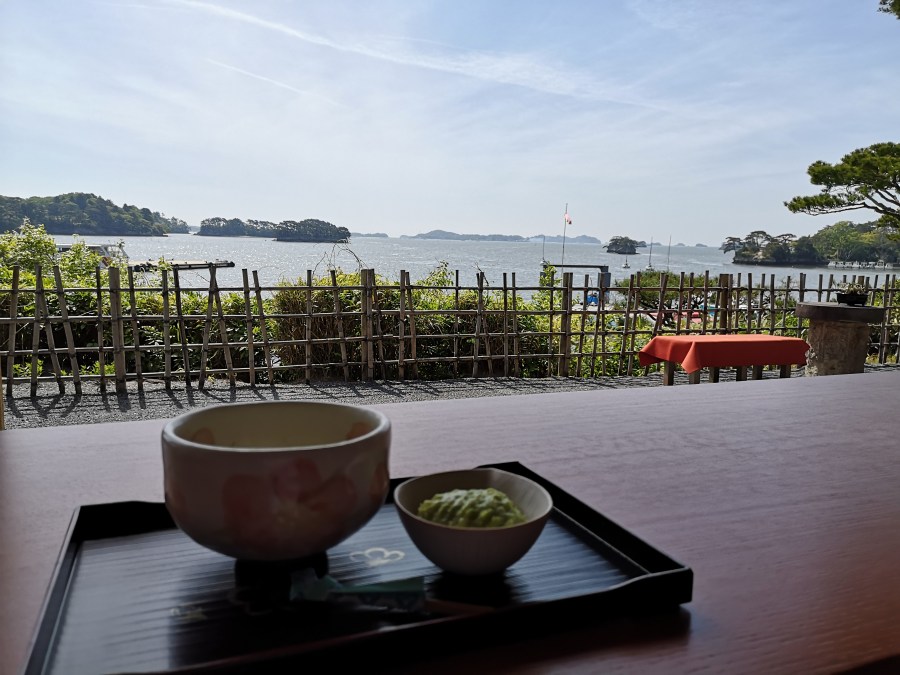
During my 1-day visit in Matsushima, I took a tea break at Kanrantei, a teahouse overlooking the beautiful Matsushima Bay. Dating back to the Momoyama period, the teahouse was used by the Date clan to entertain guests which includes envoys from the Shogun.
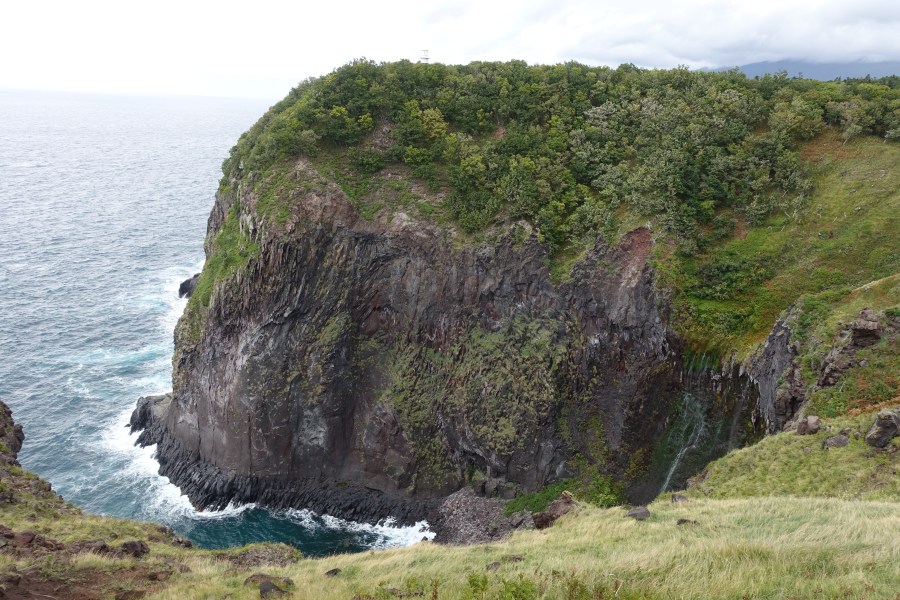
One of the famous sights to see when you are in Shiretoko is the Furepe waterfall, a rare waterfall with no flowing river. The scenery around here which overlooks the Sea of Okhotsk is spectacular and is accessible via a short walking trail, or can be seen from sightseeing boats.

I stopped by the observatory / road station at Bihoro Pass, known for its panoramic view of Lake Kussharo. Lucked with clear weather, the view from the observatory also extends to Iozan, the Wakoto Peninsula and the Shiretoko Mountain Range.
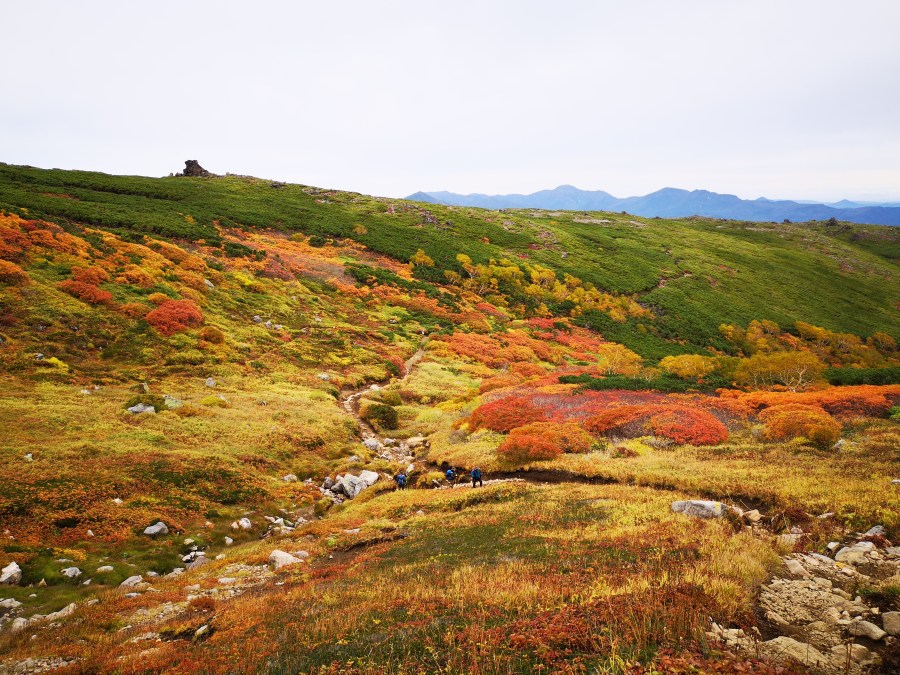
Final part of my Daisetsuzan hike - managed to reach the summit of Akadake (2,078m) on the 3rd day albeit taking a longer time than most people. The fall colors here in Ginsendai and on the trail towards Akadake were probably the brightest among the three hikes.
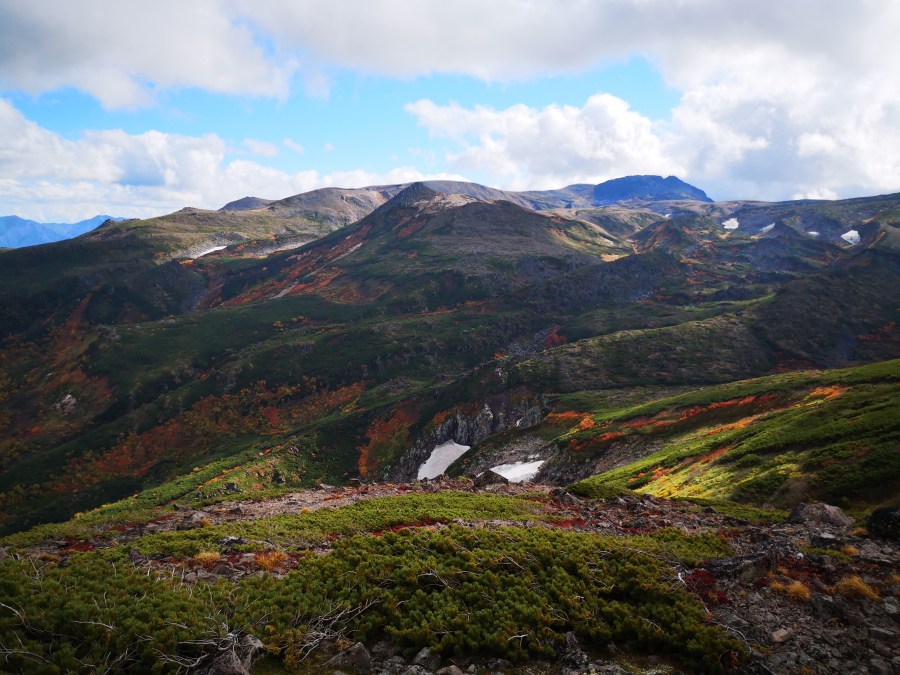
Daisetsuzan enjoys autumn the earliest in Japan and through my hike to Kurodake, I was able to witness the nation's first autumn foliage in mid September. The hike to Kurodake is easily accessible thanks to the Kurodake ropeway and chairlift that takes you to the 7th station at 1,520m.
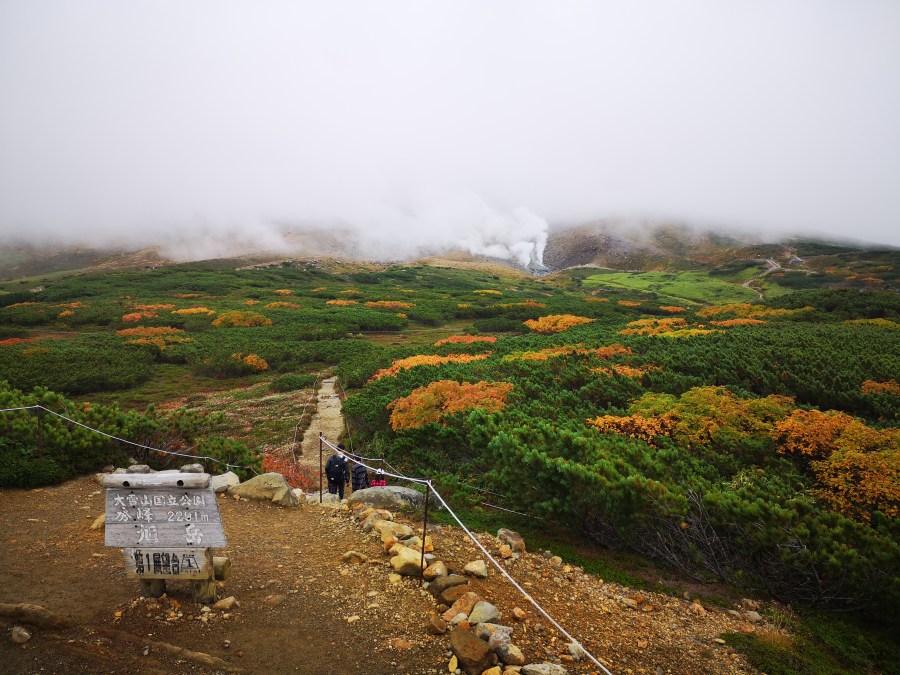
Hiking Asahidake, one of the peaks in Daisetsuzan, known as Kamui Mintara in the indigenous Ainu people language which translates into a garden where the Gods play. At 2,290m, Asahidake is the tallest mountain in Hokkaido and is one of the earliest places to see autumn in Japan.
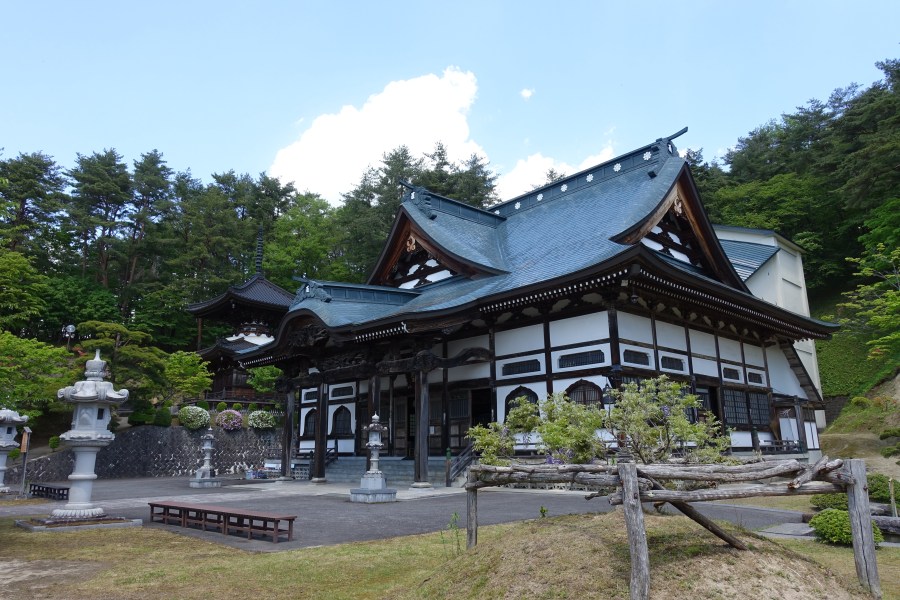
A stop a Fukusenji while exploring the land of folklore - Tono in Iwate Prefecture. The main hall of this temple houses the largest wooden statue of Kannon Bosatsu, built from a single tree.
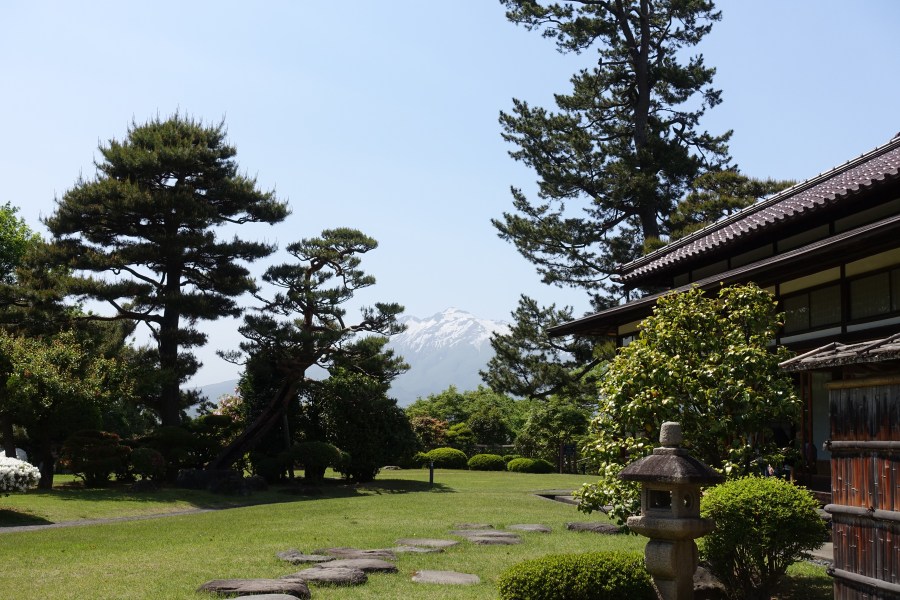
The second largest Japanese garden in the Tohoku region, the Fujita Memorial Garden is a must-see if you are in Hirosaki. Separated into an upper and lower garden, the garden uses Mount Iwaki as a borrowed scenery which I was lucky to get a clear picture of on this day.
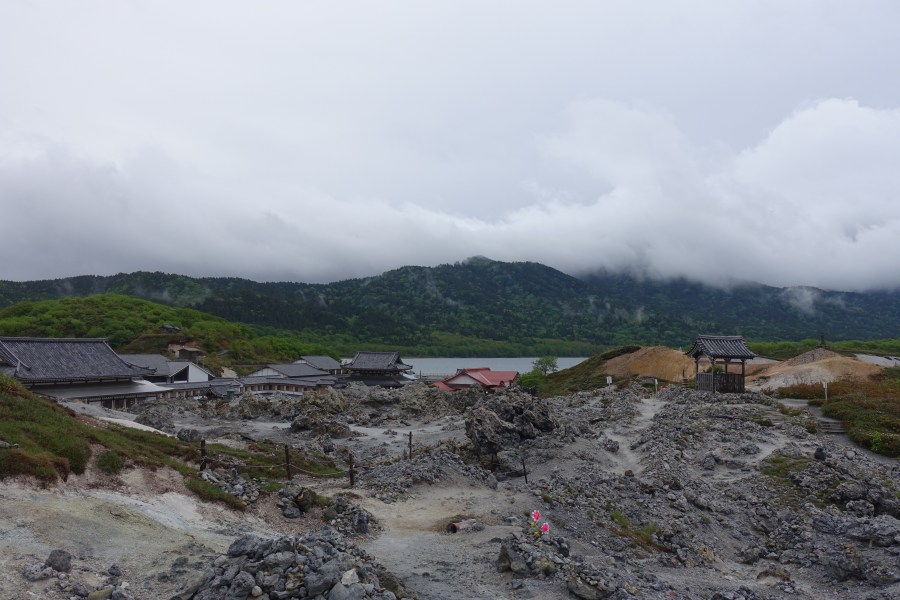
Exploring Osorezan and Bodai-ji Temple, believed to be one of the gates to the afterlife due to its resembling landscape of fuming sulphuric gases and barren ground next to a poisonous lake. Founded by famous abbot Ennin, the temple worships the Jizo Bosatsu, the guardian of children.